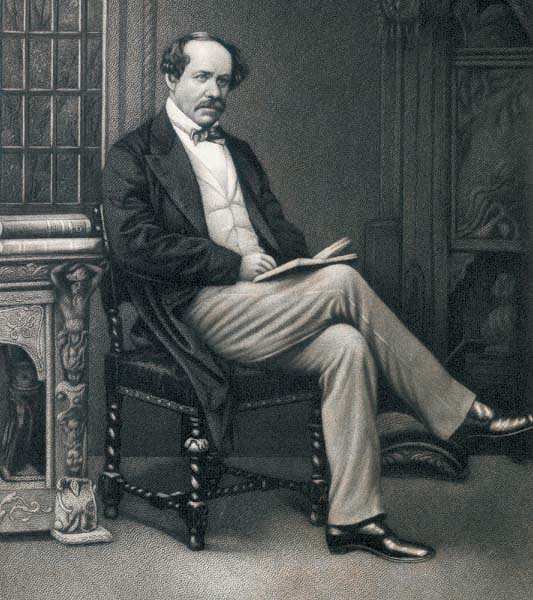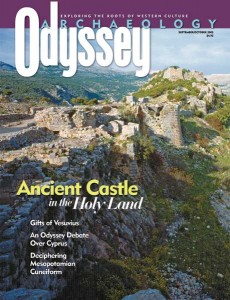Past Perfect: Deciphering Darius
English army officer Henry Creswicke Rawlinson unlocks the mystery of Mesopotamian cuneiform.

After being posted to India in 1827, a young cavalry officer named Henry Creswicke Rawlinson (1810–1895) demonstrated a remarkable aptitude for languages, mastering Hindustani, modern Persian and Arabic. In 1833 he was sent to Persia to help train the Shah’s troops. While visiting the mountainous region of western Kurdistan, he became fascinated by a massive inscription near the town of Behistun (modern Bisitun). The inscription was written in the then-undeciphered cuneiform script in three languages: Old Persian, Elamite and Babylonian (Akkadian). Accompanying the inscription was a relief depicting the Persian king Darius the Great (522–486 B.C.). Before the trilingual inscription could be deciphered, Rawlinson faced the daunting challenge of transcribing the three scripts, which were carved on a sheer cliff face hundreds of feet above the roadbed. For 12 years, Rawlinson scaled the cliffs, finally managing to copy the lower inscriptions written in Old Persian and Elamite (which he calls “Scythic” in the following passage). The Babylonian inscription remained out of reach, however, until Rawlinson enlisted the aid of a Kurdish boy who hoisted himself to the top of the inscription and made papier-mâché casts of the text. Rawlinson deciphered the inscription—leading to the decipherment of Mesopotamian cuneiform in general—by recognizing the names of various kings in the Old Persian inscription and then observing consistent relationships between words in Old Persian and Babylonian.
Already a library member? Log in here.
Institution user? Log in with your IP address.

